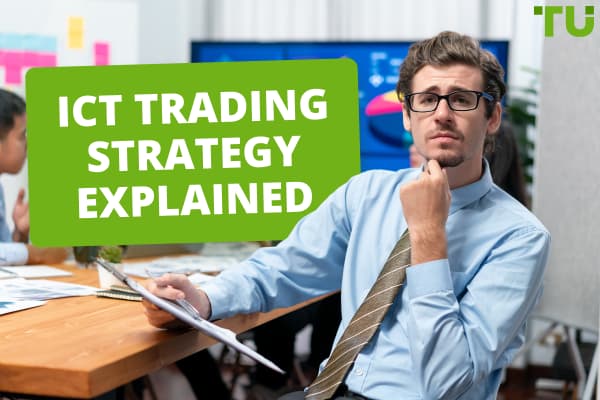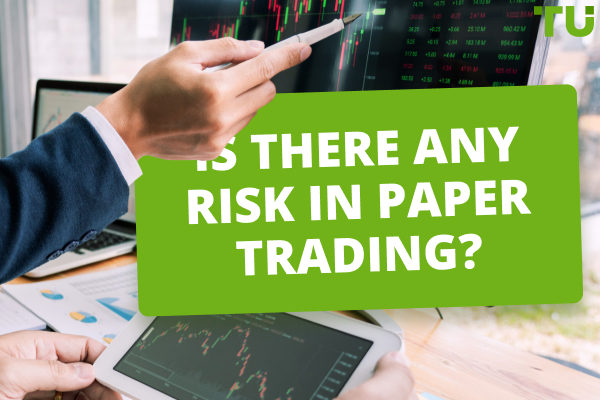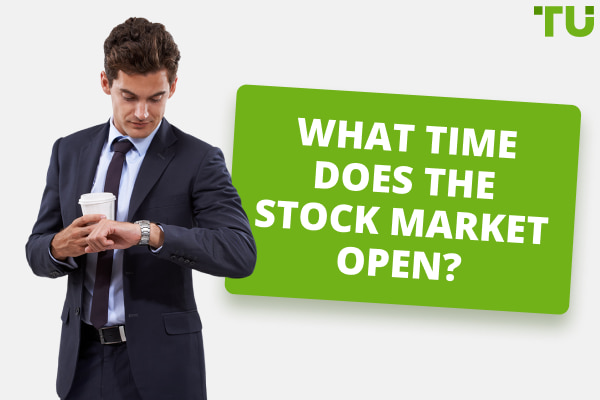Put Option: How to use in trading (with examples)
A put option is a type of options contract that gives the contract buyer the right to sell an asset at a predetermined later date, at a price that is specified at the point of contract initiation.
-
You expect the underlying asset to decrease in price.
-
You want to hedge against an increase in the underlying asset.
Consider buying put options when:
-
You expect the underlying asset to increase in price.
-
You want to generate income. Selling put options can be a good way to generate income, even if you do not believe that the underlying asset price will go up.
You might want to accept the risk of selling put options when:
Put options are versatile yet complex financial instruments that provide traders the opportunity to profit from declining asset prices or to protect existing positions. The strategic investment tool can be used as a hedge against wider market downturns and as a means for profiting from the decline in the value of an asset.
However, learning how to correctly use put options can be incredibly challenging, particularly for beginner traders. In this article, Traders Union introduces readers to put option contracts, explaining the strategies of buying and selling put options.
Start trading options now with Pocket Option!-
Can you trade options with $100?
Yes, you can trade options with $100. Some brokerages allow you to enter options positions with a relatively small amount of capital, making options trading accessible to investors with limited funds.
What is a Put Option?
Options are a type of derivative contract, meaning that its value is derived from that of an underlying asset. When you buy an option contract, thus becoming an option holder, you gain the right (but not the obligation) to buy or sell the underlying asset at a predetermined “strike” price at a specified later “expiration” date. When initiating the contract, the option holder pays a fee for this right, which we call a “premium”.
Option contracts are split into two types: “call” options and “put” options. When a buyer opens a call option, they obtain the right to buy the underlying asset at the predetermined strike price. Conversely, if they opt for a put option, they acquire the right to sell the underlying asset at the strike price when the contract expiration date rolls around.
In simple terms, buying a put option contract signifies that you expect the underlying asset’s price to go down in the future, with the contract allowing you to sell at a higher price in the future. A call option means you expect the price of the underlying asset to increase, so you open an options contract allowing you to buy it at its current lower price when the contract expires. Put options are based on bearish sentiment, while call options are bullish.
When talking about option contracts, you should know the meaning of these key terms:
-
Underlying asset: When initiating an option contract, you’re speculating that the price of an asset, such as a stock or currency pair, will reach a certain value. This is the underlying asset, on which the option contract’s value is based.
-
Strike price: The strike price, sometimes called the exercise price, is the price that the underlying asset can be sold or bought at once the contract expires. When buying an option contract, prices will be listed at several strike prices above and below the current market value of the underlying asset.
-
Premium: This is the name given to the current market price of an option contract. The broker selling the options contract receives the premium. For stock options, the premium represents a dollar amount per share, with most contracts representing 100 shares. Typically, the more time there is left until a contract expires, the higher the premium will be.
-
Expiration: The expiration is the date that the options contract will expire on. This date is chosen when the contract is initiated and signifies when exactly the strike price will be compared to the asset’s value and its sale or purchase executed or passed.
How does a Put option work?
A put option allows traders to profit from economic downturns when they are feeling bearish on a particular asset or market. The more the value of an underlying asset decreases, the more valuable a put option becomes. Put options can be used to generate profit when the wider market is suffering downturns, or to diversify a portfolio for protection against those downturns. When you buy a put option contract, it typically represents 100 units of the underlying stock, whereas for Forex it is usually 100,000 units of the underlying currency (contract sizes can vary depending on the underlying asset).
Let’s imagine a trading scenario where our trader Jason is feeling bearish about Meta stock (META). The current price of META Stock is $350 per share, and he decides to invest $500 using a put option strategy. He opts for a strike price of $345 and an expiration date one month in the future, paying a $5 premium per share for a contract on 100 META shares, totaling $500.
As the expiration date approaches, META Stock is trading at $330, falling below the $345 strike price. Jason exercises his right to sell 100 META shares at the agreed strike price of $345, even though the market price has dipped to $330. This results in a profit of $1,500. After accounting for the initial premium paid, Jason has realized a $1,000 profit (excluding commissions) on this put option contract.
In this scenario, since the current price of META Stock is below the option's strike price, the put option is considered “in the money”. Jason, as the buyer, utilizes his right to sell the stock at the agreed-upon strike price, which turns out to be a profitable move given the market’s downward movement.
How to trade Put options
To demonstrate how to buy and sell put options, we will be using AvaTrade’s options trading terminal. AvaTrade is an Irish broker with a high level of trustworthiness and reliability, with over 300,000 registered users and more than 2 million transactions occurring each month. They are a market leader with offices in 10 countries and accreditation across five continents. We conducted a thorough review of their trading platform, allocating it a score of 8.10 out of 10. You can see the full review here: AvaTrade Review.
Trading Strategy: Buying a Put Option Example
Buying a put option can be a great way to profit from wider economic downturns if done the right way. The strategy is used to capitalize on the potential decline in the price of an underlying asset. It is generally advised that only knowledgeable traders engage in put options trading. If your technical and fundamental analyses indicate that the price of an asset is going to decrease, put options offer leveraged gains compared to simply buying the asset itself. A small investment in a put option can yield a much larger profit if the price drops below the strike price.
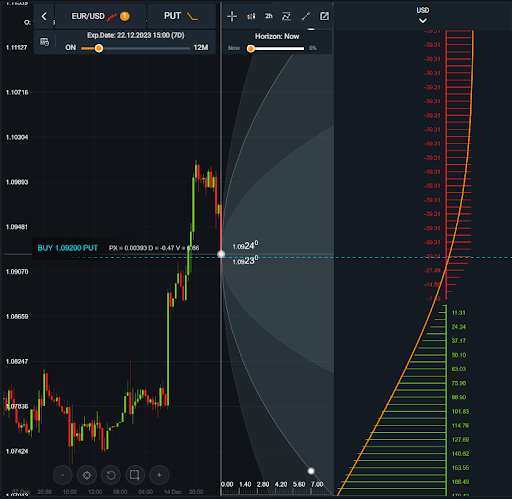
Buying a Put Option Example
Let’s look at this put option example using AvaTrade. Here, the current price of EUR/USD EUR/USD forecast for today by Traders Union analysts
Potential Outcomes:
-
Price Falls Below Strike: If EUR/USD falls below 1.09200 within 7 days, our put option will be "in the money”. We can exercise the option to sell EUR/USD at 1.09200, even if the market price is lower, making a profit from the difference.
-
Price Stays Above Strike: If EUR/USD remains above 1.09200 at expiration, the option expires worthless. We'll lose the premium paid for the option, but no further losses occur.
👍 Pros
Let’s look at the advantages of buying a put option:
• Hedging long positions: Put options can be used to hedge against existing long positions. You can protect your portfolio by buying put options, to safeguard against potential downward market movements. This strategy mitigates risk and adds a layer of safety to long-term investors.
• Profit from market declines: Buying put options allows you to profit from anticipated market declines. If the market or a specific asset decreases in value, the put option can increase in price, providing a counterbalance against potential losses in other parts of your portfolio.
• Controlled risk: Unlike short selling, where losses can be unlimited, buying put options comes with a well-defined and limited risk. The maximum loss is capped at the premium paid for the put option, providing a clear understanding of the potential downside.
• The flexibility: Put options can be used for short-term or long-term trading strategies.
👎 Cons
Buying put options also comes with its challenges. Some of these are:
• Break-even point: To profit from put option buying, the underlying asset’s price must decline enough to cover the paid premium and create profit. The breakeven point is the level at which the decline in the asset's price equals the premium paid. If the price doesn't fall below this point, the premium becomes a sunk cost.
• Cost of premium: The purchase of put options involves paying a premium, which can be a significant cost. The cost of premiums can accumulate, especially if you frequently use put options for protection, impacting the overall cost-effectiveness of the strategy.
• Complexity for beginners: Buying put options can be complex, especially for inexperienced traders. Understanding the intricacies of options, including factors like implied volatility, time decay, and strike prices, has a steep learning curve.
Trading Strategy: Selling a Put Option
Another strategy that can generate income through premiums, but carries specific risks, is selling put options, also known as "writing puts”. In this strategy, you are selling the buyer the right, but not the obligation, to make you buy 100 shares of the underlying stock at the strike price at contract expiration. You receive the premium from the buyer for this right.
This can lead to three possible outcomes:
-
Option expires worthless: If the price of the underlying asset remains above the strike price at expiration, the put option expires worthless. You, the seller, keep the premium received as profit.
-
Option is exercised: If the price of the underlying asset falls below the agreed strike price, the buyer may exercise the put option, forcing you to buy the underlying asset at the agreed-upon strike price. While the premium can partially offset the purchase cost, you may still experience losses if the price falls significantly below the strike price.
-
Rolling the option: If you prefer not to buy the stock at the current strike price, you may choose to roll the option. This involves buying back the current option and selling another one with a later expiration date or different strike price. However, rolling can require additional premiums and may not always be a profitable strategy.
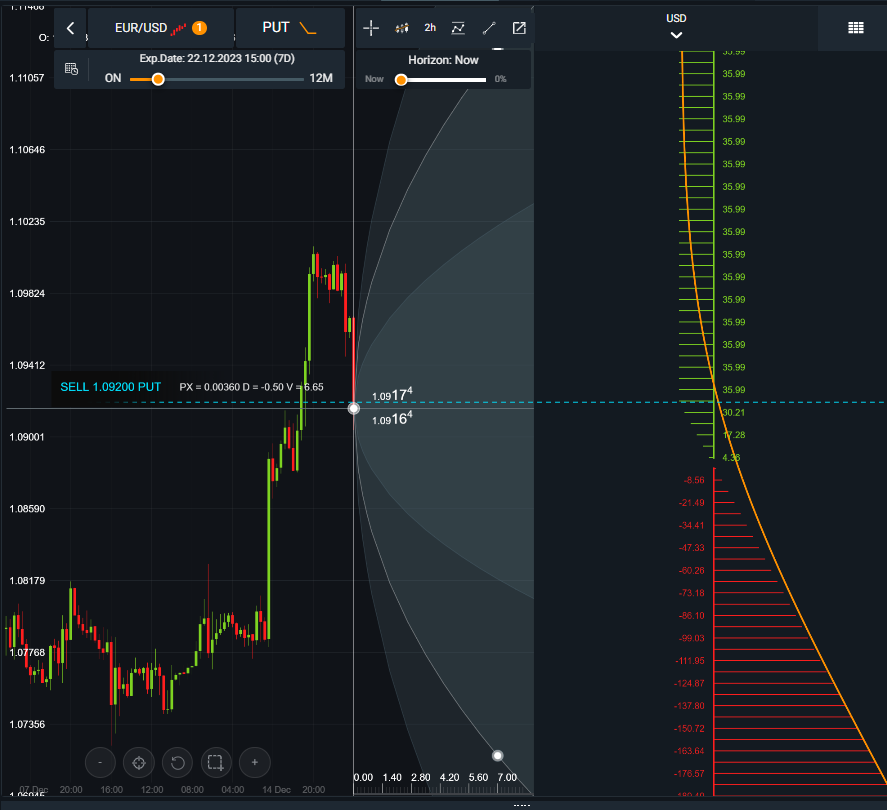
Selling a Put Option
In the example above, using AvaTrade, the current price of the EUR/USD pairing is 1.09169. A strong bullish momentum is visible in the background. Let's say we assume that the price is at the correction minimum, and in the future will either grow or stay at current levels.
We open a sell put option contract, with an expiry date seven days from now and a strike price of 1.09200. If the price closes below 1.09200 in one week’s time, we will be forced to buy the currency pair at the agreed-upon strike price. If however, the price is above 1.09200 at that time, the buyer will likely let the option contract expire worthless and the premium becomes net profit for us as the seller.
👍 Pros
Some of the advantages of using the put option selling strategy are:
• Income generation: The main benefit of selling put options is the ability to generate additional income through premium collection. You receive upfront payments in the form of premiums from option buyers.
• Time decay: With put options, as time passes, the value of the put option decreases and if the contract expires worthless, the seller profits from the collected premiums. If you are selling the put option, the time decay works in your favor, enhancing the probability of profit.
• Bullish market outlook: Selling put options is well-suited if you have a neutral to bullish market outlook. It allows you to profit from stable or rising markets. Even if the market remains stable or experiences modest declines, you can still realize profits if the put options expire worthless.
👎 Cons
There are of course downsides to selling put options, which you should be acutely aware of:
• Unlimited Risk (!): Making selling put options perhaps one of the most risky strategies is the fact that it involves near unlimited risk – meaning it is possible to lose all of your capital. If the market experiences a severe decline, you as a seller could face substantial losses. If the contract expires, and the underlying asset’s value is lower than the strike price, you will be obligated to buy at that price if the option holder exercises their right, and must cover the net difference.
• Obligation to buy: Another primary disadvantage is the obligation to buy the underlying asset at the strike price if the put option is exercised. As a seller, you may end up purchasing the asset at a higher price than its current market value.
• Limited profit potential: The profit potential when selling put options is capped at the premium received. While this can provide a steady income stream, the maximum profit is limited to only the premium, even if the market moves in your favor. This contrasts heavily with the unlimited loss potential.
Trading Strategy: Put Spread
Another options trading strategy is a put spread, which involves buying and selling put options on the same underlying asset simultaneously.
In a buying put spread strategy, you purchase a put option with a higher strike price and simultaneously sell a put option with a lower strike price. This is done with the expectation that the underlying asset's price will decrease, limiting potential losses while capping potential gains.
In contrast, a selling put spread strategy involves selling a put option with a higher strike price and buying a put option with a lower strike price. This is employed when you anticipate a stable or slightly bullish market and want to profit from the premium received while defining the maximum potential loss.
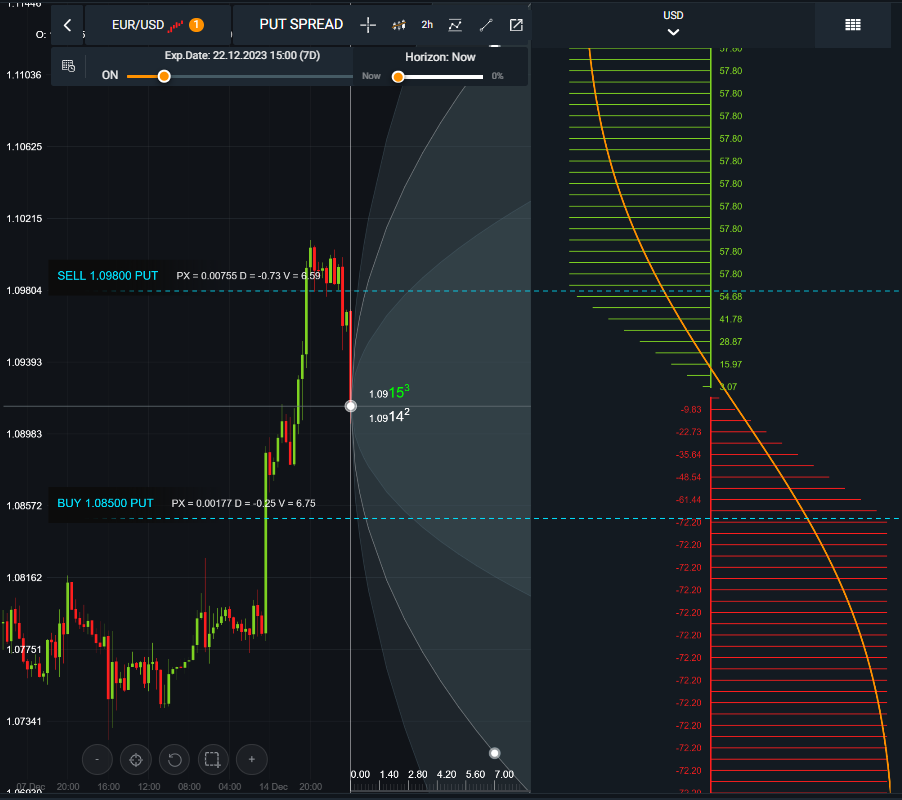
Selling Put Spread
In this example, we are selling a put spread. The current price of the EUR/USD pairing is 1.09147 and looks to be in a downtrend. But let's assume that we expect that the price will not decline further.
Here, we are selling a put option at 1.09800 and buying a put option at 1.08500. This signifies that we expect a stable or bullish market.
👍 Pros
The advantages of buying and selling put spreads are:
• Reduced net risk: Both buying and selling put spreads provide a limited-risk trading strategy. The maximum potential loss is defined from contract initiation, offering you a clear understanding of your risk exposure.
• Cost-effective: Using put spreads can be cost-effective compared to other options strategies, as it involves both buying and selling options, which can offset some of the costs.
👎 Cons
Put spreads also come with disadvantages however, such as:
• Market timing: Successfully implementing put spreads, whether buying or selling, requires accurate market timing. You need to anticipate market movements to benefit from the strategy, which can be challenging for many traders. Selling put spreads benefits from stable or slightly rising markets, while buying put spreads profits from modest declines or stable markets
• Costs: Both buying and selling put spreads involve transaction costs, including commissions and fees. These costs can impact overall profitability, particularly if you are a frequent trader. Selling put spreads benefits from time decay, while buying put spreads are negatively affected.
Best options brokers
How to Start Trading Call and Put Options
We’ve already looked at some of the strategies that you can use to trade put options. The next step is to begin trading. To get started, follow these steps:
-
Learn the basics: Learning about what put options are, as we did in this article, is a good start, but there is a lot more to learn – you need a solid understanding of the basics of options trading. Explore fundamental analysis to grasp the core factors influencing option prices, such as earnings reports and market trends. Study technical analysis by learning to read charts and identify patterns, so you can evaluate historical price patterns. Comprehend core risk management principles to protect your capital.
-
Open account: You can’t begin trading without an account to do it from. Select a reputable brokerage platform that offers option trading, making sure it aligns with your broker preferences. Consider factors such as commissions, fees, available option markets, and the platform's overall functionality. Check our review: 7 Best Option Trading Platforms
-
Practice using demo: Most brokers offer demo accounts, where you can practice trading using virtual capital in simulated market environments. Use demo accounts to familiarize yourself with the platform, test strategies, and build confidence. Practice your analysis and refine your decision-making process. Then, when you feel comfortable and have a demonstrated understanding of the options market, transition to live trading with real capital.
We explain options trading on a demo account in much more detail in this article: How To Practice Trading Options Without Risking Money?
Summary
Overall, put options are a versatile yet difficult-to-learn tool for generating profit when an asset is otherwise not performing favorably. They provide a hedge against market downturns, allow income generation, and contribute to portfolio diversification. However, they can involve unlimited risk and can be incredibly complicated to integrate into a wider trading strategy. It’s crucial to do your own research and only risk capital that you can afford to lose.
Glossary for novice traders
-
1
Binary options trading
Binary options trading is a financial trading method where traders speculate on the price movement of various assets, such as stocks, currencies, or commodities, by predicting whether the price will rise or fall within a specified time frame, often as short as a few minutes. Unlike traditional trading, binary options have only two possible outcomes: a fixed payout if the trader's prediction is correct or a loss of the invested amount if the prediction is wrong.
-
2
Options trading
Options trading is a financial derivative strategy that involves the buying and selling of options contracts, which give traders the right (but not the obligation) to buy or sell an underlying asset at a specified price, known as the strike price, before or on a predetermined expiration date. There are two main types of options: call options, which allow the holder to buy the underlying asset, and put options, which allow the holder to sell the underlying asset.
-
3
Cryptocurrency
Cryptocurrency is a type of digital or virtual currency that relies on cryptography for security. Unlike traditional currencies issued by governments (fiat currencies), cryptocurrencies operate on decentralized networks, typically based on blockchain technology.
-
4
Forex Risk Management
Risk management in Forex involves strategies and techniques used by traders to minimize potential losses while trading currencies, such as setting stop-loss orders and position sizing, to protect their capital from adverse market movements.
-
5
Diversification
Diversification is an investment strategy that involves spreading investments across different asset classes, industries, and geographic regions to reduce overall risk.
Team that worked on the article
Jason Law is a freelance writer and journalist and a Traders Union website contributor. While his main areas of expertise are currently finance and investing, he’s also a generalist writer covering news, current events, and travel.
Jason’s experience includes being an editor for South24 News and writing for the Vietnam Times newspaper. He is also an avid investor and an active stock and cryptocurrency trader with several years of experience.
Dr. BJ Johnson is a PhD in English Language and an editor with over 15 years of experience. He earned his degree in English Language in the U.S and the UK. In 2020, Dr. Johnson joined the Traders Union team. Since then, he has created over 100 exclusive articles and edited over 300 articles of other authors.
Tobi Opeyemi Amure is an editor and expert writer with over 7 years of experience. In 2023, Tobi joined the Traders Union team as an editor and fact checker, making sure to deliver trustworthy and reliable content. The topics he covers include trading signals, cryptocurrencies, Forex brokers, stock brokers, expert advisors, binary options.
Tobi Opeyemi Amure motto: The journey of a thousand miles begins with a single step.






